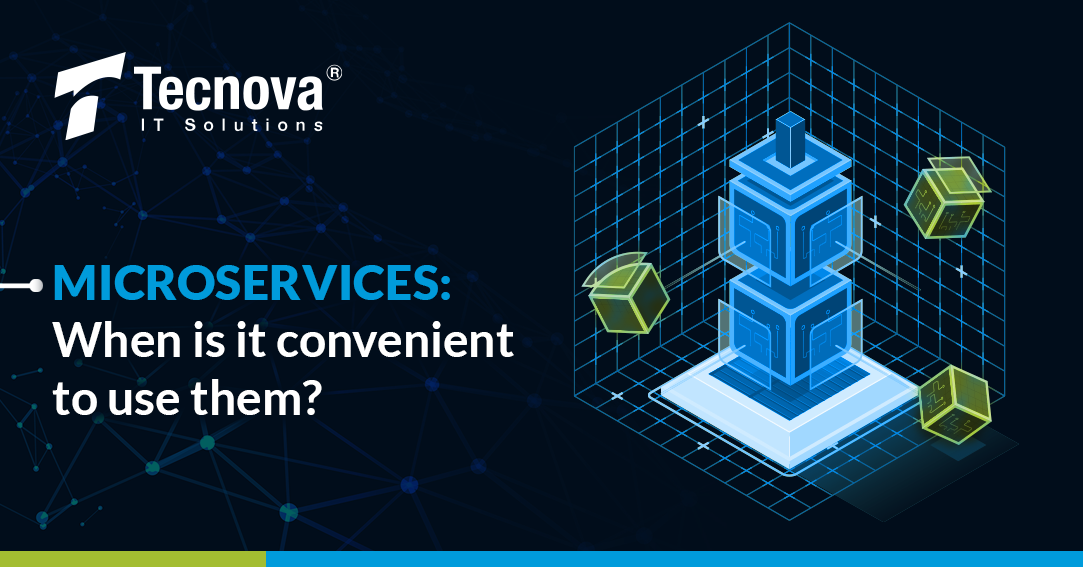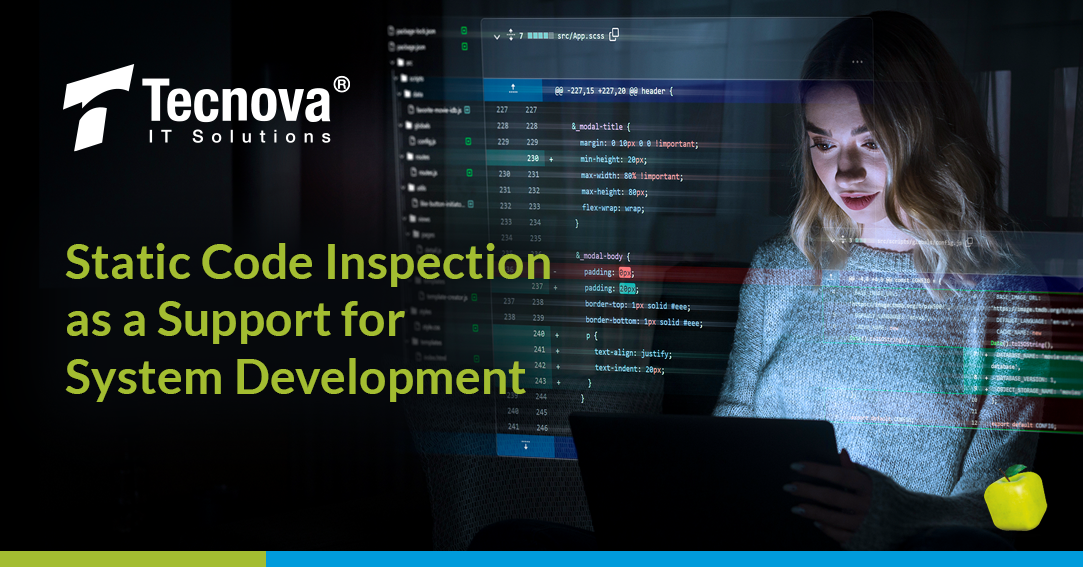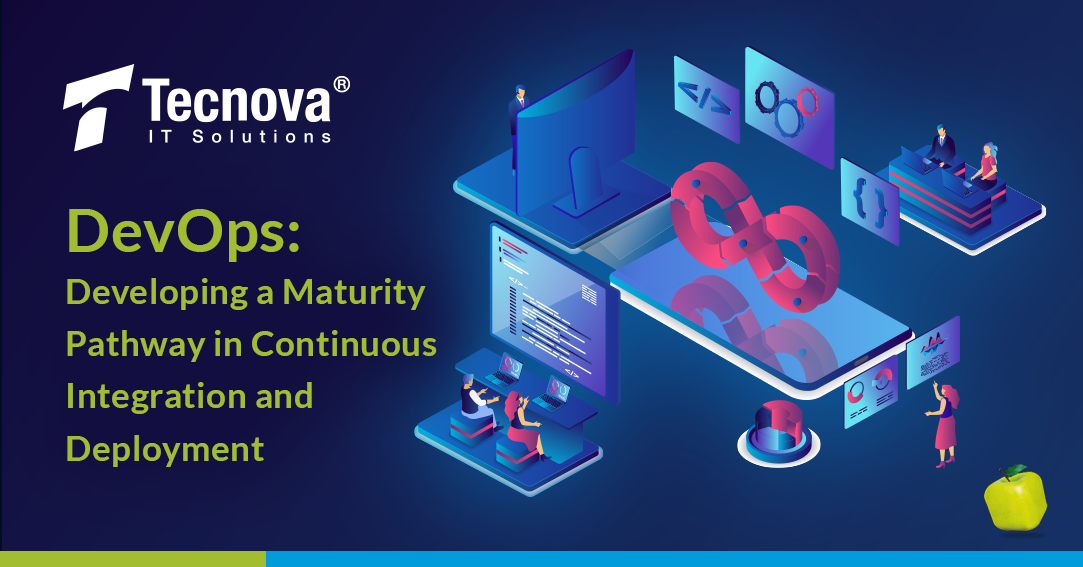MICROSERVICES: When is it convenient to use them?

There are many perspectives on what a microservice is and for this there are many definitions. However, DZone gives us one. The specialized website defines it like this:
Microservices are a set of services where each of these is limited by a delimited context and can be run, deployed, and scale independently, without affecting other services.
If we want to understand Microservices, let’s think of them as individual pieces of furniture. Each item (for example, a sofa, chair or table) can be moved and work equally. But the sum of things makes up the whole. The sum of all the furniture and its placement makes the context. The same applies to a microservice, each part can be autonomous and coexist in the same group.
Good use of microservices
According to Dataversity, a microservice is the ideal solution to achieve the following. Let’s check!
- CPU and memory intensive application parts.
- Distributed Teams: By allowing local teams to focus on separate code snippets.
- Multi-tenancy: when many shared resources consume the software.
- Multiple models of user interaction: the software branches in different directions depending on the user’s options.
- Continuous application evolution: when each piece of software needs to evolve individually.
- Reuse: when a piece of software can be reused in different larger applications.
- Scalability: when you need to replicate and increase the processing capacity of only some parts of a system.
Pros and Cons of microservices
Based on the information provided by Program Ace, the following is a sample of the advantages and disadvantages of microservices.
PROS
A modular system is more developer friendly as the overall functionality is divided between smaller components. Developers do not need to understand all the features of the application. Therefore, they can focus on the characteristics affected by the modules they maintain.
One of the greatest benefits of the microservices architecture lies in the isolated nature of the modules. This develops services more quickly. Modules can be spread across each other and there should be minimal overlap, unlike the alternative where large amounts of code are bundled.
With this development approach, it is not necessary to consider all the functionality of an application to change the performance of a single feature. You can make specific changes with minimal risk.
CONS
Although the modules are mostly isolated, it is unwise to forget about the connective tissue that binds them together. For example, many services require an Internet connection, so setting up networks in tens or hundreds of modules may be unnecessary. With the other approach, networks can be deployed and macro scale relatively easily.
This disadvantage does not apply to all applications. Due to the way the modules are arranged, a certain function (if it involves multiple modules) can take longer to perform than in a monolithic configuration that is much more interconnected.
To test a modular application, you can't just load a package and see how everything works. Much more modification of individual modules is needed before it can be accurately assessed whether the changes are effective or not. Also, it is possible to find features built with different languages and frameworks.
Which applications are suitable to use Microservices?
Making the choice between two forms of architecture (monolithic and microservices) is about evaluating the types of features and functionality that you need to implement in your software. That said, from Tecnova we have some recommendations on the best situations and types of applications that would be most beneficial for microservices.
Microservices are best used in:
- Complex and scalable applications.
- Multiplatform software.
- Data-heavy applications.
- Projects with a great team.
Microservices are ideal for creating large applications that are complex in functionality. They support real-time applications such as streaming platforms, online games and telemedicine services, among many other solutions.
However, they are also widely used in very small pieces of software such as service APIs with very limited responsibilities. Among them, obtaining data or executing an operation. The development of integrations between applications is also included. For this, standard communication mechanisms such as REST APIs are used.
In sum, microservices are a great option for business management systems (ERP, PLM, CRM, among others). They can propel your business to new technological heights.
At Tecnova we have that team to support you in all the developments you need.








